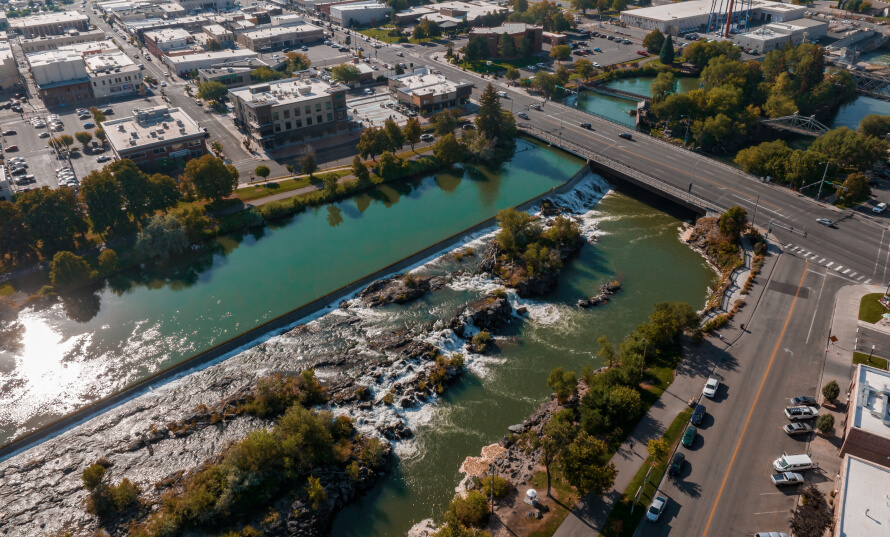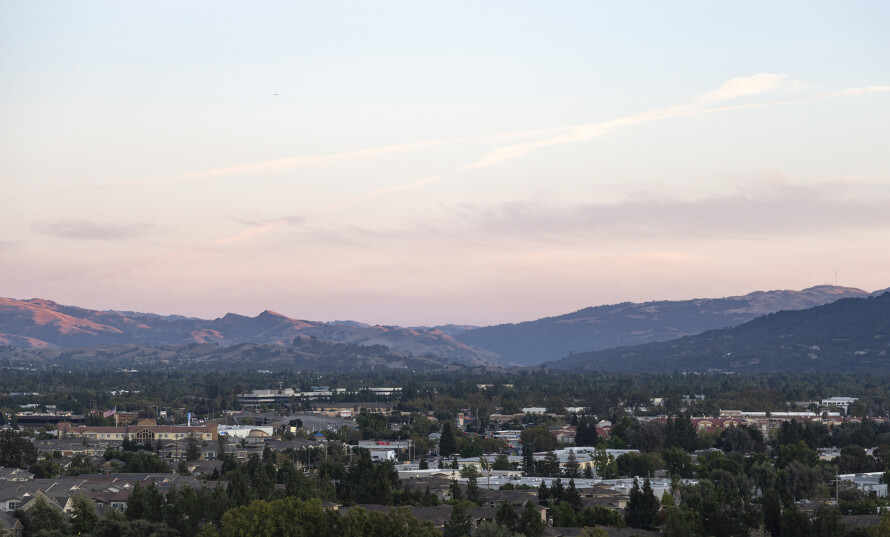Our Precision Grinding Specialists Make the Difference
PDS Balancing has delivered high-quality precision grinding services to various industries across the Pacific Northwest. Precision grinding is not just about the machinery—it’s a people-driven process. The expertise of our technicians, combined with cutting-edge technology, ensures that we meet the most exacting tolerances. Our team’s meticulous attention to detail during setup, measurement, and final inspection makes all the difference in delivering superior results.
Precision Grinding Capabilities
We offer tight tolerances up to +/- 0.0001” and surface finishes as fine as 4 Ra. Our precision grinding capabilities cover a wide range of materials, from metallic alloys to plastics, and can accommodate parts of various sizes and complexities.
Our Precision Grinding Services Include:
OD Grinding (Outside Diameter Grinding)
OD grinding is used to return cylindrical workpieces to concentricity. By rotating the workpiece and grinding wheel in opposite directions, we can achieve precise results. Our machines are capable of handling components as large as 44″ in outside diameter, with tolerances as tight as +/- 0.0001″ and a surface finish of up to 4 Ra. Whether you need to restore an existing component or create a new one, our OD grinding services deliver exceptional accuracy and smooth finishes.
Honing
Honing is a finishing process that produces an extremely high level of precision and form accuracy, making it ideal for critical applications in industries like aerospace, motorsports, and medical devices. This process improves the surface texture of the workpiece by eliminating imperfections, such as chatter marks, to achieve an ultra-smooth, consistent finish.
Superfinishing
Superfinishing, also known as micro honing, is a highly accurate finishing process that produces a mirror-like surface. By using low speeds and fine abrasives, we can create geometric correctness (roundness, flatness, straightness) with an accuracy of 2 to 4 microns. Superfinishing provides an ultra-fine cross-hatch pattern on the surface, making it ideal for components requiring exceptional smoothness and minimal friction.
Grooving
Grooving is often required for components such as pumps, valves, and hydraulic systems. This process involves cutting precise grooves into a workpiece using specialized tools like tungsten carbide. We ensure tight tolerances and precision grooves, enhancing the performance and longevity of your components.
Why Choose PDS Balancing for Precision Grinding?
Tight Tolerances and High-Quality Finishes:
We achieve tolerances up to +/- 0.0001” and surface finishes as fine as 4 Ra, ensuring that your components meet the strictest industry standards.
Expert Technicians
Our grinding specialists have decades of experience and are adept at handling jobs of any complexity, from small components to large industrial parts.
Advanced Measurement and Reporting
We use a comprehensive approach to measure total indicated runout (TIR), crown, finish, and diameter before and after grinding. This attention to detail ensures that your components are perfectly aligned, smooth, and ready for operation.
Precision Grinding Equipment
We are equipped with industry-leading machinery that allows us to meet even the most demanding specifications:
Farrel Grinder: 44” OD x 312” Face with computer-controlled crowns
Lobdell Grinder: Precision grinding for a variety of industrial components
Cincinnati Grinder: Capable of achieving tight tolerances and exceptional finishes
8” Superfinisher and 4” Belt Grinder: For high-quality surface finishing and precise shaping
Measurement Tools: Pro Mic software, P&J Gauge, Mitutoyo Surface Roughness Gauge for precise measurement and verification
Our Process: From Setup to Final Inspection
Our precision grinding process starts with a detailed setup that ensures each workpiece is accurately aligned and prepared for machining. We take meticulous measurements throughout the grinding process to ensure that all specifications are met. Once grinding is complete, we conduct a comprehensive final inspection, including detailed reports on surface finish, total stock removed, and other critical measurements.
Precision Grinding vs. Blanchard Grinding: What’s the Difference?
While both processes are essential to many industries, they serve different purposes:
Blanchard Grinding:
Also known as rotary surface grinding, Blanchard grinding is used for large, flat surfaces. It uses a rotary table and vertical spindle to grind large workpieces, leaving the characteristic cross-hatch pattern. This process is typically used for large castings, molds, dies, and plate stock.
Precision Grinding:
Precision grinding is used for tight tolerances, offering a high degree of accuracy for both flat and cylindrical surfaces. This process is ideal for applications where exact measurements, smooth finishes, and precise geometries are required. Precision grinding can handle various shapes and materials, providing versatility and superior results.




